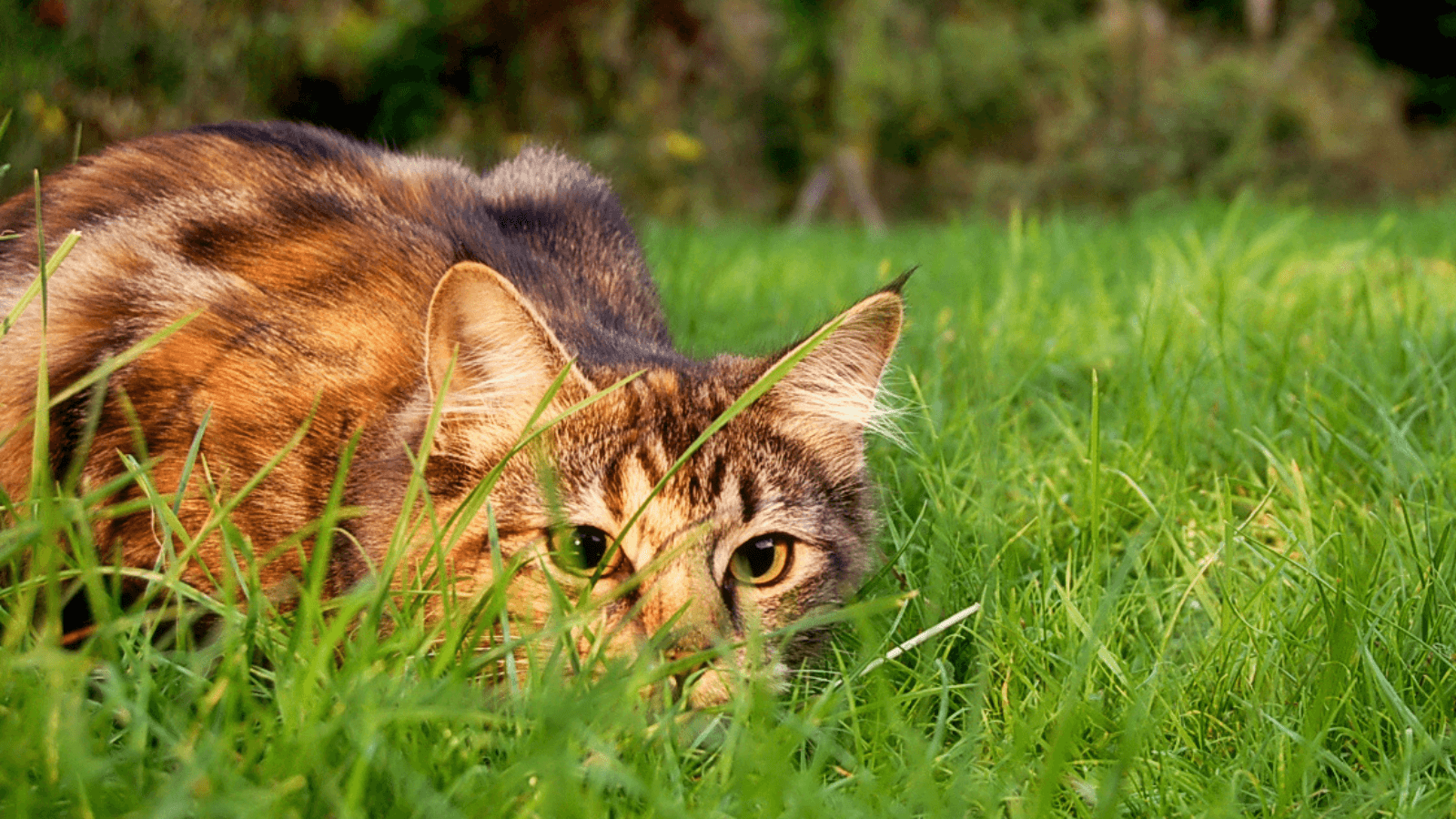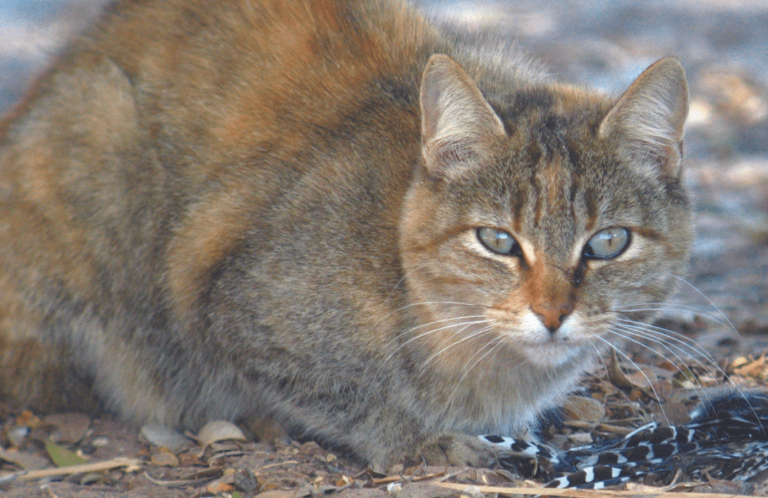Domestic Cats Kill 7 Million Birds in Colombia Each Year, According to First-of-its-Kind Study

Cats kill a staggering number of birds each year in Colombia, according to a recent study that attempts to quantify the threat of cats to the country's birdlife. The authors estimated that cats kill 3 to 12 million birds in Colombia each year, with a median estimate of 7 million. That's roughly as many birds as the number of people who live in the state of Arizona.
“This is a really interesting study and, to my knowledge, the first of its kind in the Americas outside the United States and Canada,” said Grant Sizemore, ABC's Director of Invasive Species Program. A 2013 study found that in the U.S., outdoor cats kill an estimated 2.4 billion birds per year.
To surmise the number of cat-caused bird deaths in Colombia, researchers scoured previous studies that estimated feral and owned cat numbers in the country, and surveyed outdoor cat owners regarding the type and quantity of prey their pets brought home. Because feral cat numbers in the country are uncertain, and because owners likely only see a fraction of the prey their outdoor cats capture, the researchers had to keep their estimate broad.
Even with this uncertainty, the authors are confident that cats kill, at minimum, 3 million birds in the country each year. They estimated that a value near the upper range of 12 million was more likely, however, due to growing cat ownership in the country and the likelihood that many feral cats are unaccounted for.
Colombia is home to more bird species than any other country in the world, with about 1,979 species — 84 of which are found nowhere else on Earth. This study could play a valuable role in spurring more in-depth research and conservation efforts for managing free-roaming cats, according to the authors. Acknowledging cats as a threat, and developing a strategy to manage them, could be particularly important for endemic Colombian species. For now, conservationists in the country are forced to rely on anecdotal accounts to assess the dangers cats pose.
According to Eliana Fierro-Calderon, ABC's International Conservation Project Officer, conservationists have seen free-roaming cats near the habitat of the Critically Endangered Antioquia Brushfinch. This little bird was rediscovered in 2018 and is represented by just over 100 individuals, making it particularly vulnerable to such a deadly predator. Without concrete numbers, though, it's challenging to get people to take cats seriously as a threat on the same level as habitat loss or climate change.
“Talking about [the threat of free-roaming cats] in Colombia is almost taboo,” Fierro-Calderon said. “I hope this paper and the publicity around it help to open a conversation about this topic and how to deal with it.”
###
American Bird Conservancy (ABC) takes bold action to conserve wild birds and their habitats throughout the Americas. Inspired by the wonder of birds, we achieve lasting results for the bird species most in need while also benefiting human communities, biodiversity, and the planet's fragile climate. Our every action is underpinned by science, strengthened by partnerships, and rooted in the belief that diverse perspectives yield stronger results. Founded as a nonprofit organization in 1994, ABC remains committed to safeguarding birds for generations to come. Join us! Together, we can do more to ensure birds thrive.
Media Contact
Jordan Rutter
Director of Communications
media@abcbirds.org


















































